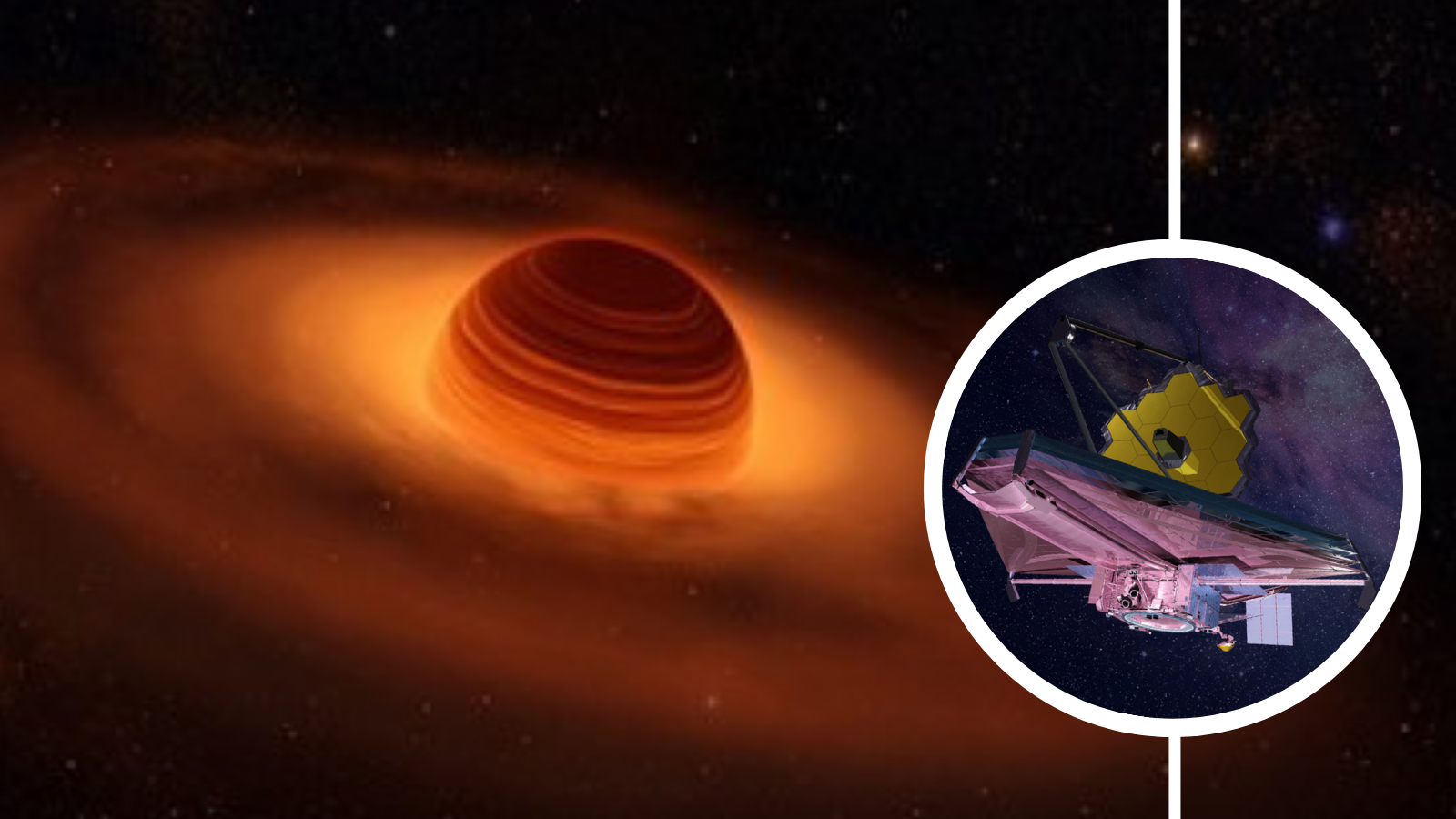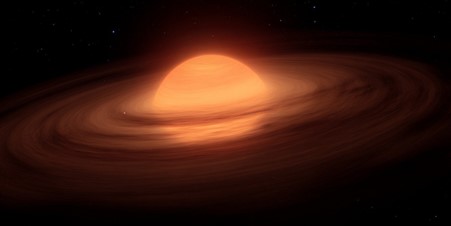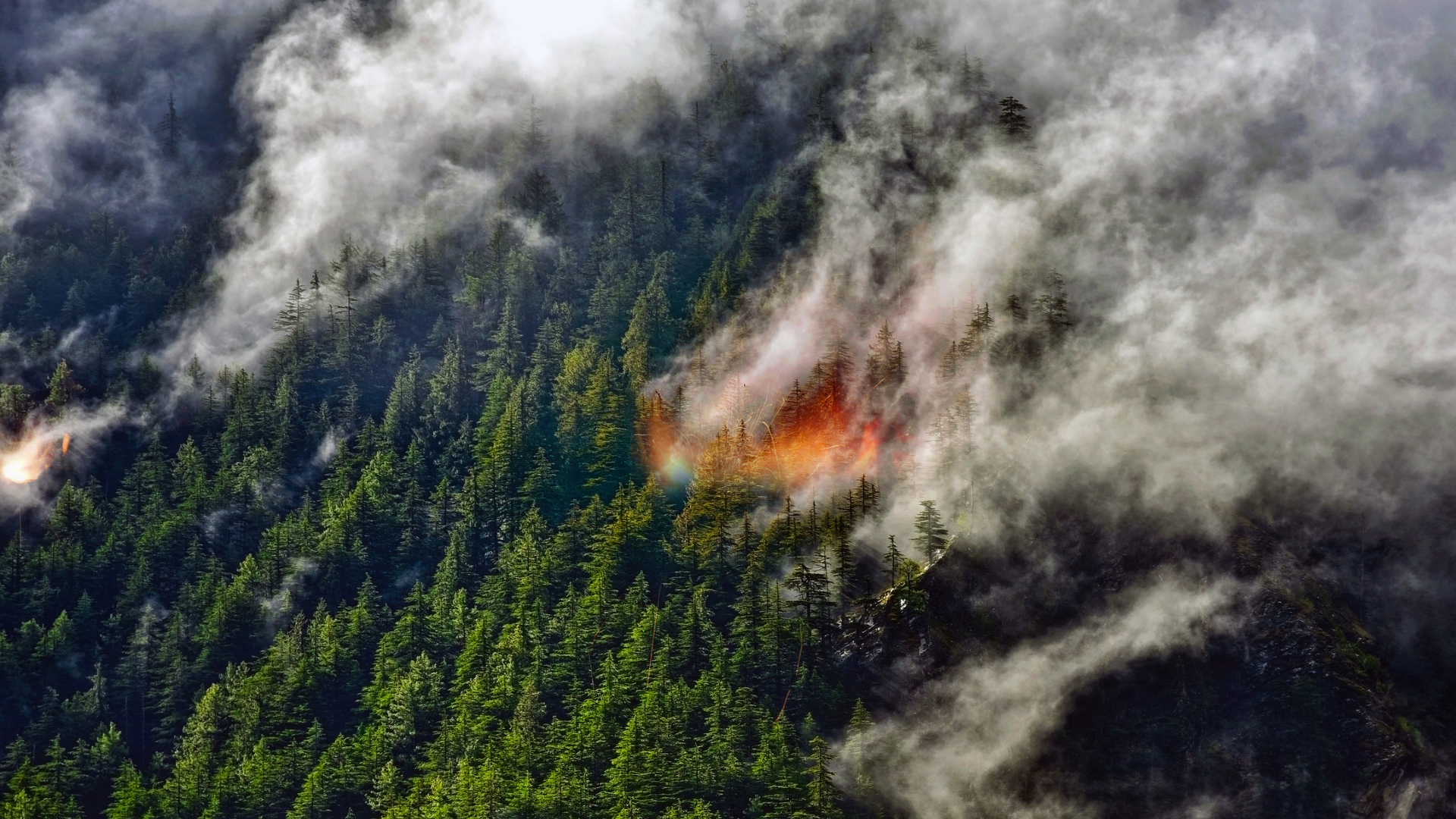James Webb Space Telescope finds giant, lonely exoplanets can build their own planetary friends without a parent star
"The formation of planetary systems is not exclusive to stars but might also work around lonely starless worlds."

Our parochial view of planets orbiting a central star — so familiar because it is the layout seen in the solar system — could be irrevocably shattered by new research that suggests giant, free-floating planets could form their own planetary systems. If true, that also means planetary systems may exist with no parent star.
These rogue planetary systems would also be much smaller than the solar system, possessing just a fraction of the total mass of our cosmic neighborhood.
The finding came about when a team of researchers used the James Webb Space Telescope (JWST) to examine young, isolated objects in space that are believed to have between five and 10 times the mass of Jupiter. These objects, unlike the planets of the solar system, were also unbound to a star and therefore free-floating in the universe.
These bodies could have formed in the same way stars form from collapsing clouds of gas and dust, hence their isolated nature. Yet, unlike stars, the free-floating planetary bodies would have failed to gather enough mass to trigger nuclear fusion in their cores, the process that defines what a main-sequence star is. That makes them akin to so-called "failed star" brown dwarfs, but with lower masses. Brown dwarfs have masses that range from 13 to 80 times the mass of Jupiter.
Alternatively, some free-floating planets are believed to have formed around stars from classic, swirling donuts of gas and dust called protoplanetary disks. They would've then been ejected from their home systems by gravitational interactions with their sibling planets and even with passing stars.
"These discoveries show that the building blocks for forming planets can be found even around objects that are barely larger than Jupiter and drifting alone in space," Belinda Damian, lead author of the research and a scientist at the University of St. Andrews, said in a statement. "This means that the formation of planetary systems is not exclusive to stars but might also work around lonely starless worlds."
The right stuff to spot planetary rogues
Believed to be the lowest mass bodies that can form from isolated clouds of gas and dust, free-floating planets are difficult to spot and study due to the fact that they emit very little light of their own. But the electromagnetic radiation free-floating planets do emit is mostly infrared light, the wavelength of light that the JWST is sensitive to.
Breaking space news, the latest updates on rocket launches, skywatching events and more!
As such, the study team honed in on eight young, free-floating planets with the powerful infrared space telescope.
The observations conducted between August and October of 2024 revealed detailed characteristics of the bodies, indicating that they have masses around that of Jupiter. Six of the free-floating planets exhibited an extended infrared emission generated by warm dust immediately around them. That indicated surrounding disks of gas and dust, the kind of structures that gather around infant stars to spawn planets.
Even more exciting than this was the detection of grains of silicates in these disks. That is an early indication of dust collecting together and crystallizing — and that, in turn, is the first stage in the formation of "rocky," or terrestrial, planets like Earth.
Traces of silicates have been seen around stars and even brown dwarfs before, but this is the first time these fingerprints have been found around much smaller free-floating planets. The team's finding backs prior research, which suggested that protoplanetary disks forming around free-floating planets could survive for several million years.
That is a period of time long enough to allow planets to form.
"Taken together, these studies show that objects with masses comparable to those of giant planets have the potential to form their own miniature planetary systems," team leader and University of St. Andrews astronomer Aleks Scholz said. "Those systems could be like the solar system, just scaled down by a factor of 100 or more in mass and size."
With the plausibility of these starless mini-planetary systems established and early fingerprints of their formation detected, the next step for astronomers will be to detect such a system.
"Whether or not such systems actually exist remains to be shown," Scholz said.
The team's research was published on Wednesday (July 30) in The Astronomical Journal.

Robert Lea is a science journalist in the U.K. whose articles have been published in Physics World, New Scientist, Astronomy Magazine, All About Space, Newsweek and ZME Science. He also writes about science communication for Elsevier and the European Journal of Physics. Rob holds a bachelor of science degree in physics and astronomy from the U.K.’s Open University. Follow him on Twitter @sciencef1rst.
You must confirm your public display name before commenting
Please logout and then login again, you will then be prompted to enter your display name.

